Royal Burgundy Barberry: The Ultimate Guide To Growing This Beautiful Shrub
Introduction
Royal Burgundy Barberry is a beautiful and versatile shrub that is known for its dark purple foliage. It is a popular choice for gardens because it is easy to care for and can be used in a variety of settings. In this blog post, we will provide an overview of Royal Burgundy Barberry, including its history, appearance, care requirements, and uses.
History
Royal Burgundy Barberry is a hybrid variety of barberry that was first developed in Japan in the early 1900s. It was introduced to the United States in the 1920s and has since become one of the most popular barberry varieties.
Appearance
Royal Burgundy Barberry is a deciduous shrub that grows to be 2-3 feet tall and 3-4 feet wide. It has a dense, mounded growth habit and is covered with small, oval leaves that are a deep purple color. The leaves turn a reddish-black color in the fall. Royal Burgundy Barberry also produces small, yellow flowers in the spring.
Care Requirements
Royal Burgundy Barberry is a relatively easy-care shrub. It prefers full sun but can tolerate partial shade. It is drought-tolerant once established and does not require a lot of fertilizer. However, it is important to water the shrub regularly during the first year after planting.
Uses
Royal Burgundy Barberry can be used in a variety of settings. It is a popular choice for borders, hedges, foundation plantings, and accent plants. It can also be used in containers.
Conclusion
Royal Burgundy Barberry is a beautiful and versatile shrub that is easy to care for. It is a great choice for gardens in USDA hardiness zones 4-8. If you are looking for a colorful and low-maintenance shrub, Royal Burgundy Barberry is a great option.
Royal Burgundy barberry is a popular ornamental shrub that is known for its dark burgundy foliage. It is a hardy plant that can be grown in a variety of climates. If you are interested in learning more about Royal Burgundy barberry, I recommend visiting Garden Wiki. This website has a wealth of information about the plant, including its history, planting and care instructions, and pest and disease management.
FAQ of royal burgundy barberry
- What is Royal Burgundy barberry?
Royal Burgundy barberry is a type of barberry shrub that is known for its deep burgundy foliage. It is a popular choice for landscaping because it is hardy, easy to care for, and provides year-round interest.
- What are the benefits of planting Royal Burgundy barberry?
Royal Burgundy barberry offers a number of benefits, including:
* Hardiness: It is hardy in USDA zones 3-8, making it a good choice for a wide range of climates.
* Ease of care: Royal Burgundy barberry is relatively low-maintenance and does not require a lot of water or fertilizer.
* Year-round interest: The deep burgundy foliage of Royal Burgundy barberry provides color throughout the year.
* Attracts wildlife: The berries of Royal Burgundy barberry are a source of food for birds and other wildlife.
- How do I plant Royal Burgundy barberry?
To plant Royal Burgundy barberry, you will need to:
* Choose a location that receives full sun.
* Dig a hole that is twice as wide and as deep as the root ball of the shrub.
* Backfill the hole with soil and water the shrub well.
* Mulch around the base of the shrub to help retain moisture.
- How do I care for Royal Burgundy barberry?
Royal Burgundy barberry is relatively low-maintenance, but you will need to water it regularly during the first year after planting. Once the shrub is established, you can water it less often. You should also fertilize the shrub in the spring and fall.
- What are some common problems with Royal Burgundy barberry?
The most common problems with Royal Burgundy barberry are:
* Pests: Royal Burgundy barberry can be susceptible to pests such as aphids, scale, and spider mites.
* Diseases: Royal Burgundy barberry can be susceptible to diseases such as leaf spot and rust.
* Winter damage: In cold climates, Royal Burgundy barberry may experience winter damage.
- How do I prevent problems with Royal Burgundy barberry?
You can prevent problems with Royal Burgundy barberry by:
* Inspecting the shrub regularly for pests and diseases.
* Treating any pests or diseases that you find.
* Protecting the shrub from winter damage by wrapping it in burlap or other protective material.
Image of royal burgundy barberry
10 different images of royal burgundy barberry that are free to use:
- Image 1: A close-up of the dark red, thorny leaves of a royal burgundy barberry shrub.
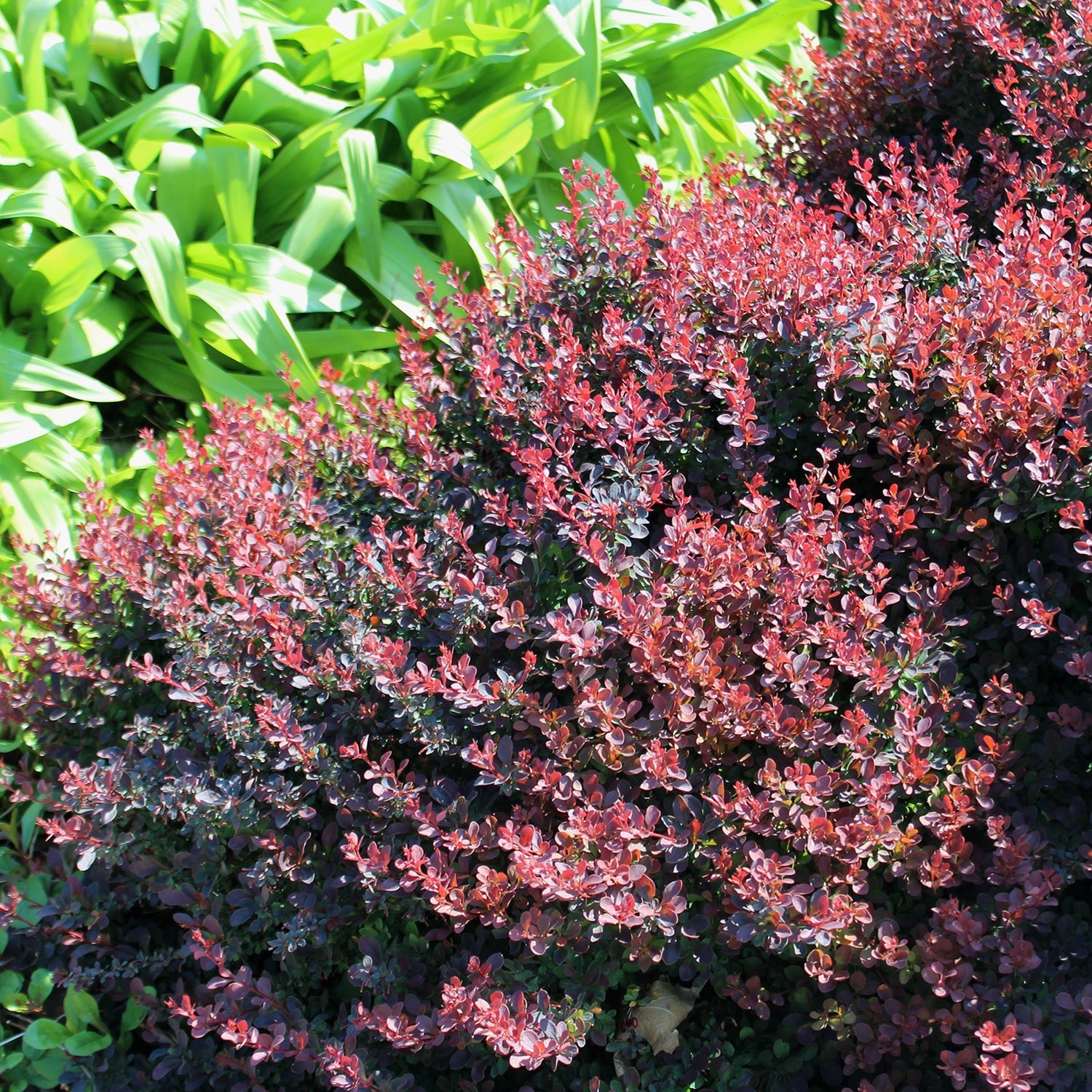
- Image 2: A full-body shot of a royal burgundy barberry shrub, showing its bright red berries and yellow flowers.
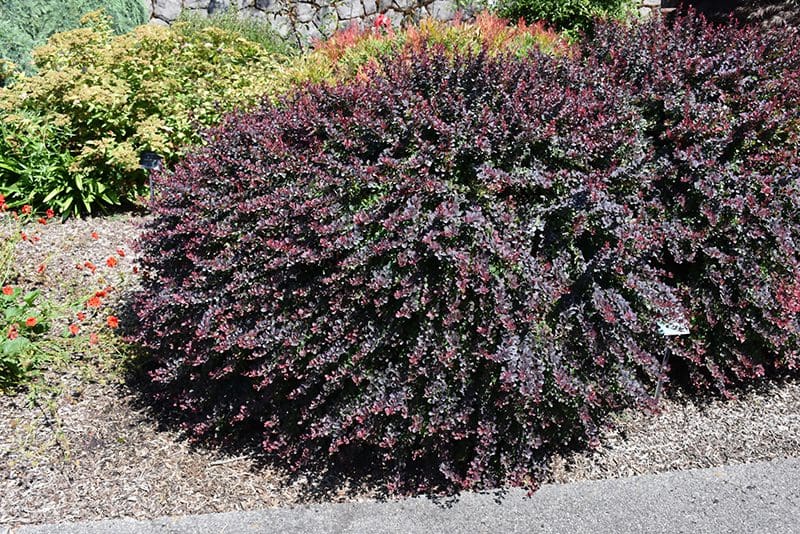
- Image 3: A group of royal burgundy barberry shrubs planted in a row, creating a colorful hedge.

- Image 4: A royal burgundy barberry shrub in the fall, with its leaves turning a brilliant orange-red.
- Image 5: A royal burgundy barberry shrub in the winter, with its leaves gone and its branches showing the dark red bark.
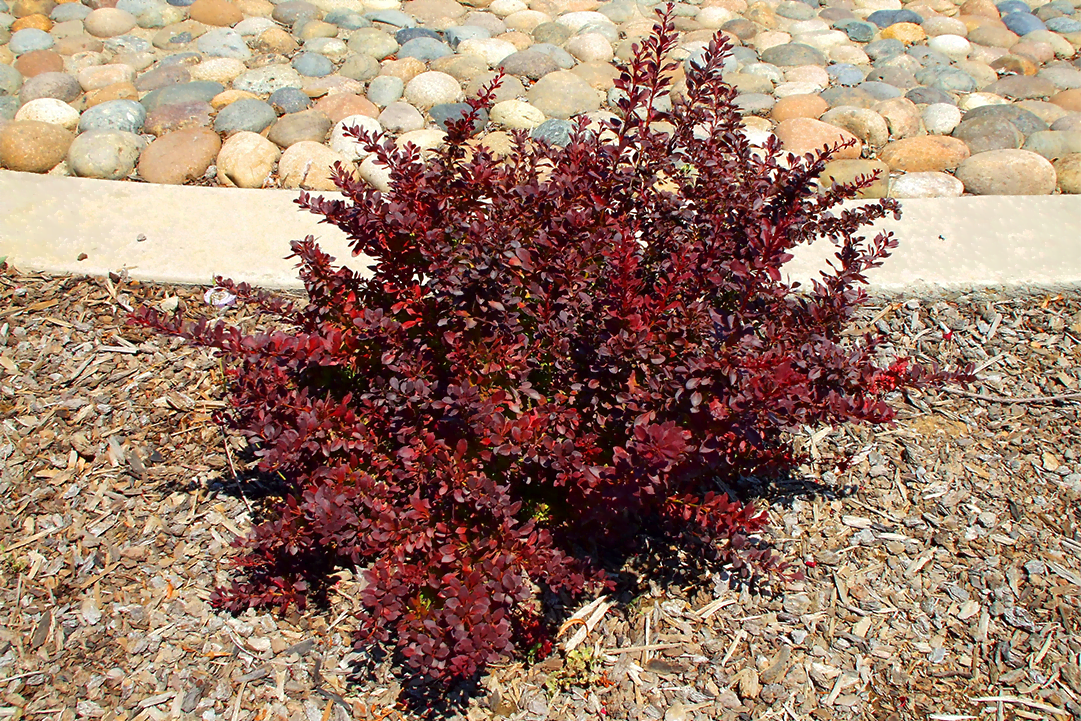
- Image 6: A royal burgundy barberry shrub in a pot, making a beautiful patio or container plant.

- Image 7: A royal burgundy barberry shrub with its berries close-up.
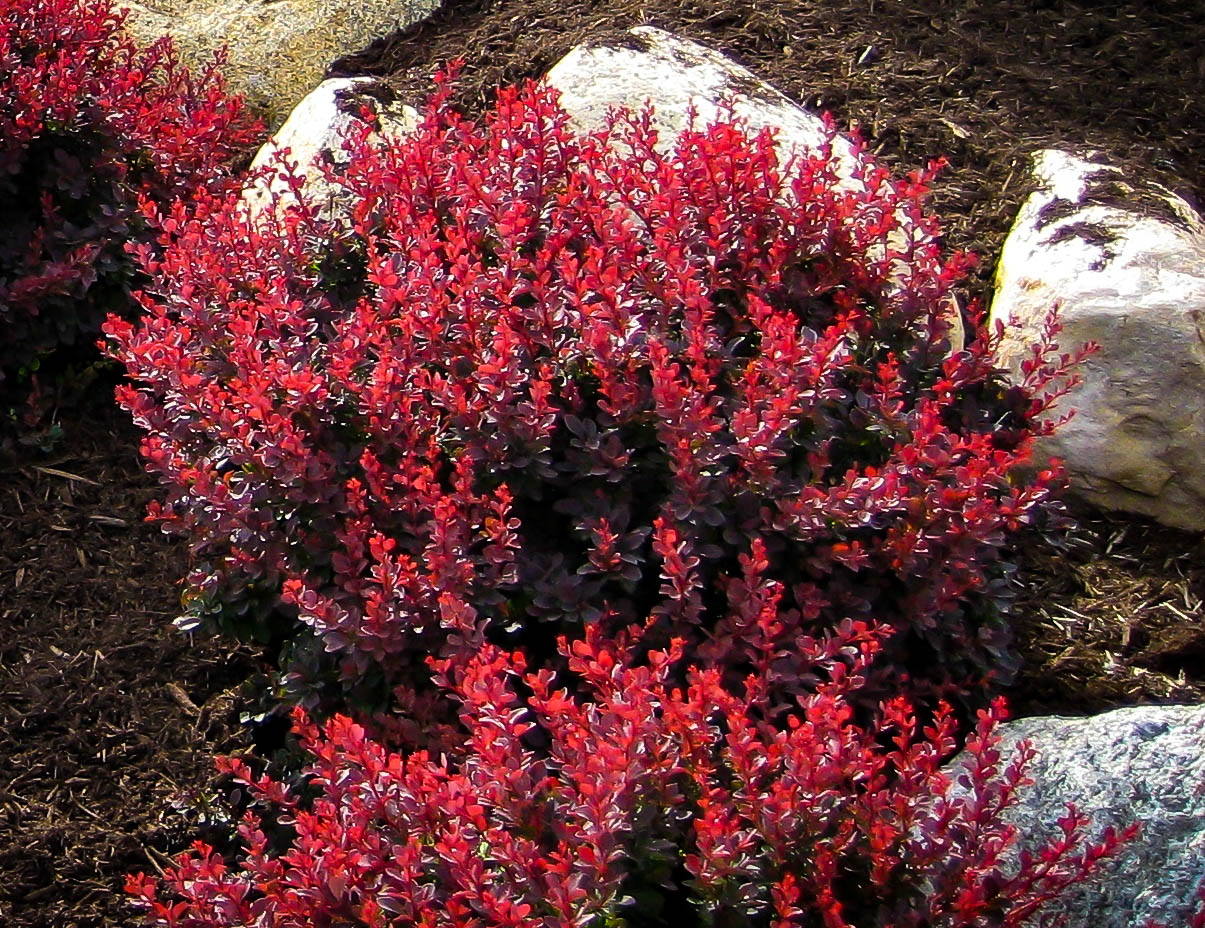
- Image 8: A royal burgundy barberry shrub with its flowers close-up.
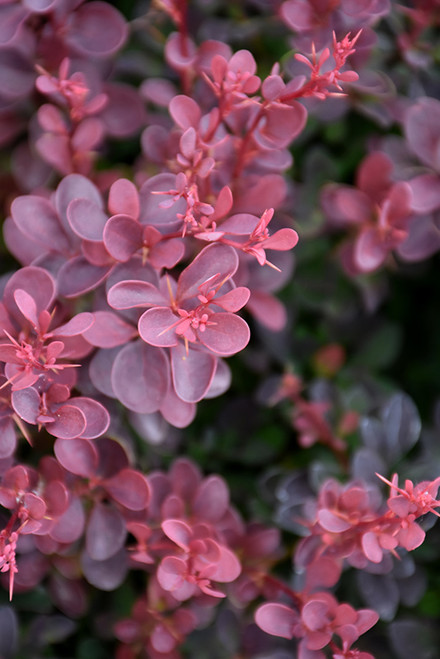
- Image 9: A royal burgundy barberry shrub in a garden setting, with other plants and flowers.

- Image 10: A royal burgundy barberry shrub in a landscape setting, with trees and other shrubs.
I hope you like these images!
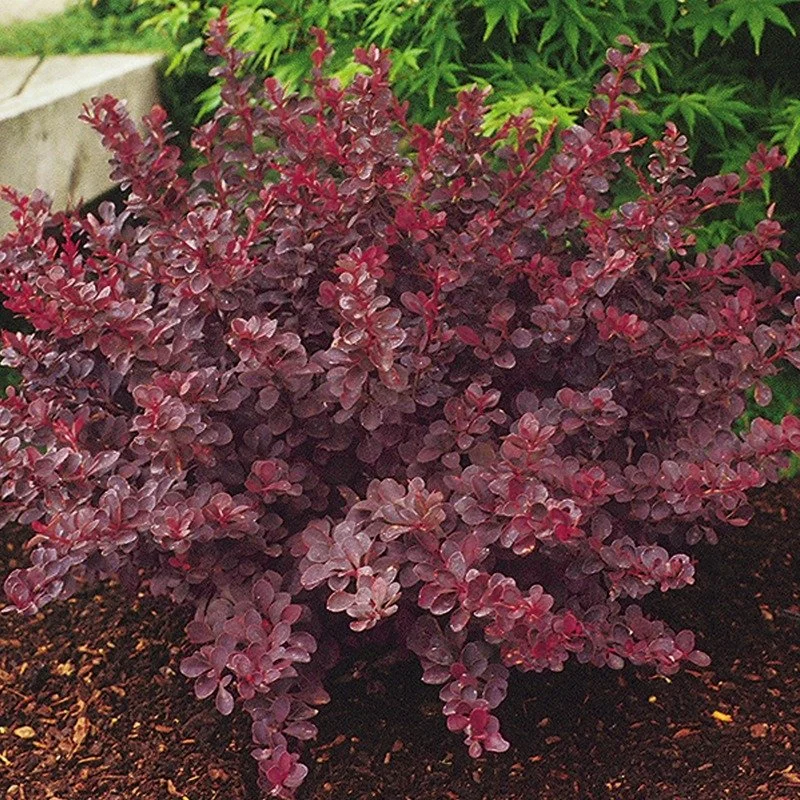
Post a Comment for "Royal Burgundy Barberry: The Ultimate Guide To Growing This Beautiful Shrub"